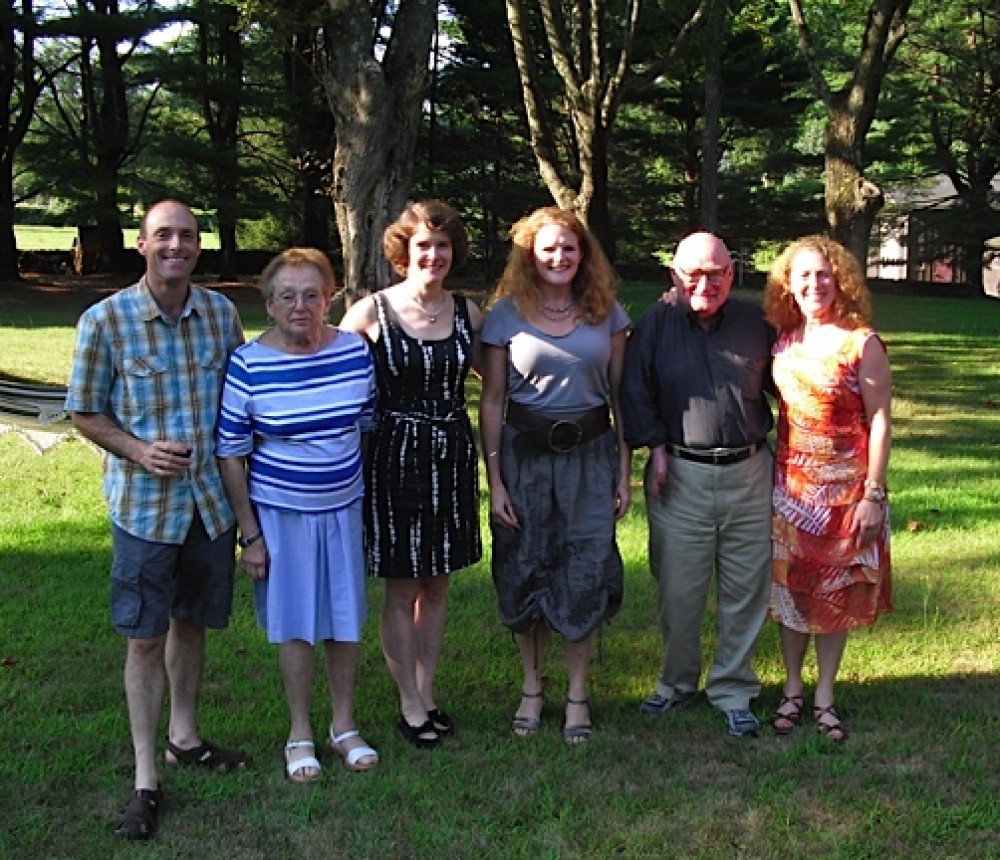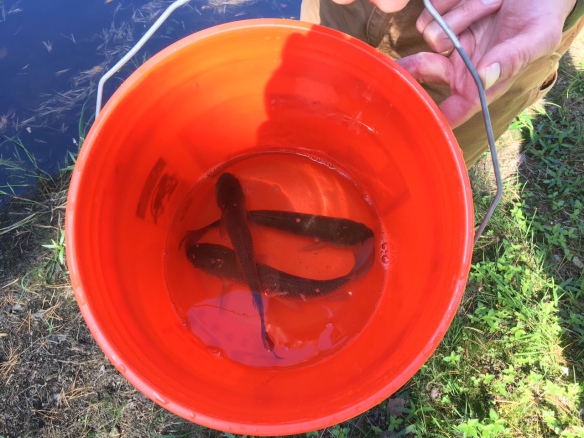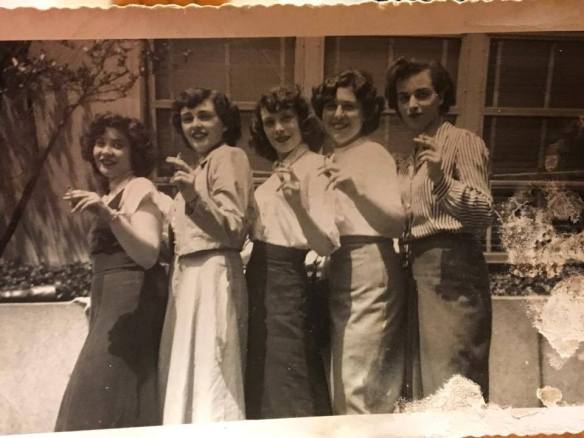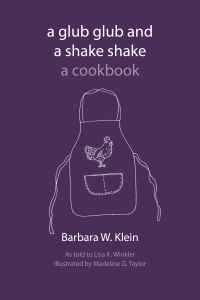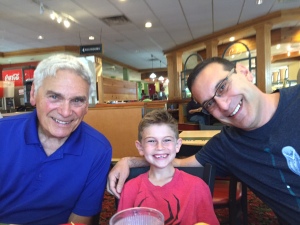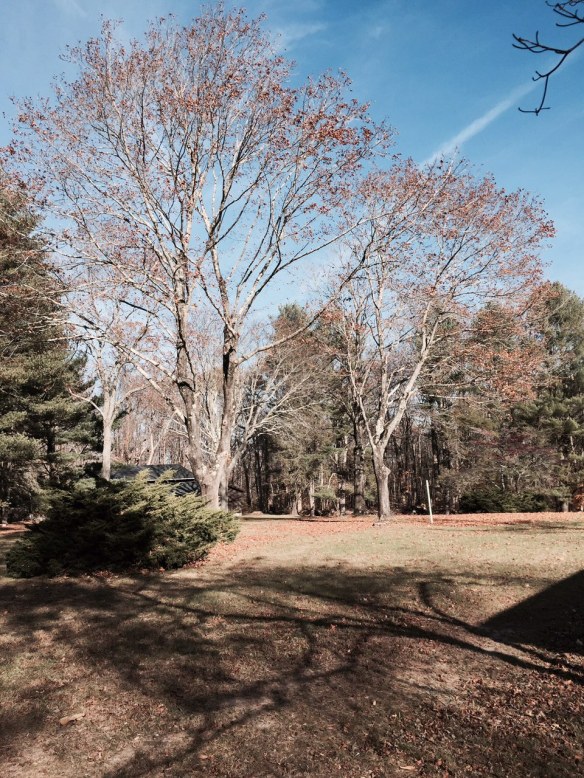When I can get there, I try to join a water exercise class at my local YMCA.
The class, held Tuesday and Thursday mornings, addresses all the muscles and joints associated with aging. Over the years, I’ve enjoyed the friendship of the other participants and have attended a few social lunches, always contributing something I make to the table.
The Y grounds have attractive landscaping, including seasonal shrubs and flowers. But it’s the huge community garden that attracted my attention. One day I happened to mention how luscious everything looked and was given a head of lettuce that surpassed any I’ve had from the grocery store or even local farm markets. On our farm, we raised chickens for eggs, and the only gardening I did was at our house, usually growing flowers and a little rhubarb.
Community gardens are particularly special to me as they remind me of the gardens we helped residents create when we worked as VISTA volunteers in Hartford, CT. Several years later, when my husband Marty served as First Selectman in Killingworth, CT, we supported creating a community garden for the residents. The Chinese proverb, “Give a man a fish and you feed him for a day. Teach a man to fish and you feed him for a lifetime,” can certainly be applied to community gardens.
Curious about the Y program, I brought along my notebook and pen and asked some questions before a recent swim class. Launched in 2014, the Y’s “Partner to Grow” program provides fresh produce to the Shoreline Soup Kitchen and Pantries. During the first season, they created garden beds, learned how to manage pests using an organic mixture of castor oil and white pepper spray, and how to harvest. The Y delivered more than 2,000 pounds to the food pantry from its 18 garden beds.
The next year, the Y increased its garden to 30 beds and by 2016 it harvested over 3,000 pounds of produce. Volunteers come from the local community groups – businesses, school groups, scout troops, civic organizations and programs that support individuals with disabilities. Additionally, many YMCA members and non-members volunteer, helping with the harvest every Tuesday morning from July to October. In the afternoon, the produce is delivered to the St. Mark’s Roman Catholic Church where more than 80 families receive fresh vegetables.
Scott Morris, the head of the program, teaches at a local high school. He said he likes to play Big Band music while the volunteers work the harvest. “They like Glen Miller. They like to dance along while working,” he said. He likes watching how the more experienced gardeners help the younger ones, cultivating the next generation of gardeners.
I was lucky enough to be given some fresh parsley. Tabouli, anyone?
Note to readers: My mother suffered a stroke July 28th following a skin infection that led to a blood clot. She’s working hard at rehab to get back to the activities she loves: knitting, cooking, and writing her blog.
